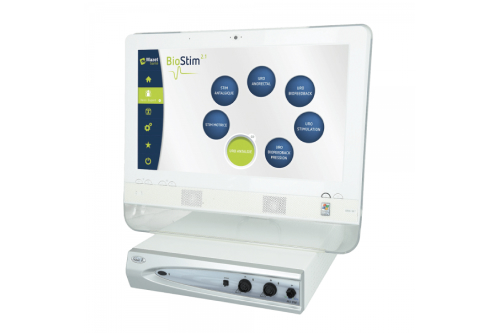

Pelvic and Perineal Physiotherapy
PhysiOsteo Aigle Clinic
In physiotherapy, specialization in pelvic-perineal physiotherapy addresses issues of the pelvis and intestinal area. These problems are common and often involve the patient’s intimacy.
In practice, this includes urinary incontinence (stress, effort, or urgency-related), organ prolapse, anal incontinence, constipation, pain in this region, sexual dysfunctions, as well as other rarer pathologies.
If necessary, the biofeedback method for perineal rehabilitation involves contracting the perineal muscles, with rest periods, to measure their strength. This technique helps to increase awareness of the perineum in order to strengthen it properly.We use the Biostim 2.0/2.0+ machine.
In practice, this includes urinary incontinence (stress, effort, or urgency-related), organ prolapse, anal incontinence, constipation, pain in this region, sexual dysfunctions, as well as other rarer pathologies.
If necessary, the biofeedback method for perineal rehabilitation involves contracting the perineal muscles, with rest periods, to measure their strength. This technique helps to increase awareness of the perineum in order to strengthen it properly.We use the Biostim 2.0/2.0+ machine.

Pelvic floor and perineal disorders
Treatment of urinary incontinence, organ prolapse, constipation, and sexual dysfunctions.

Pregnant women
Pre- and postpartum care

Biofeedback device
BioStim 2+
